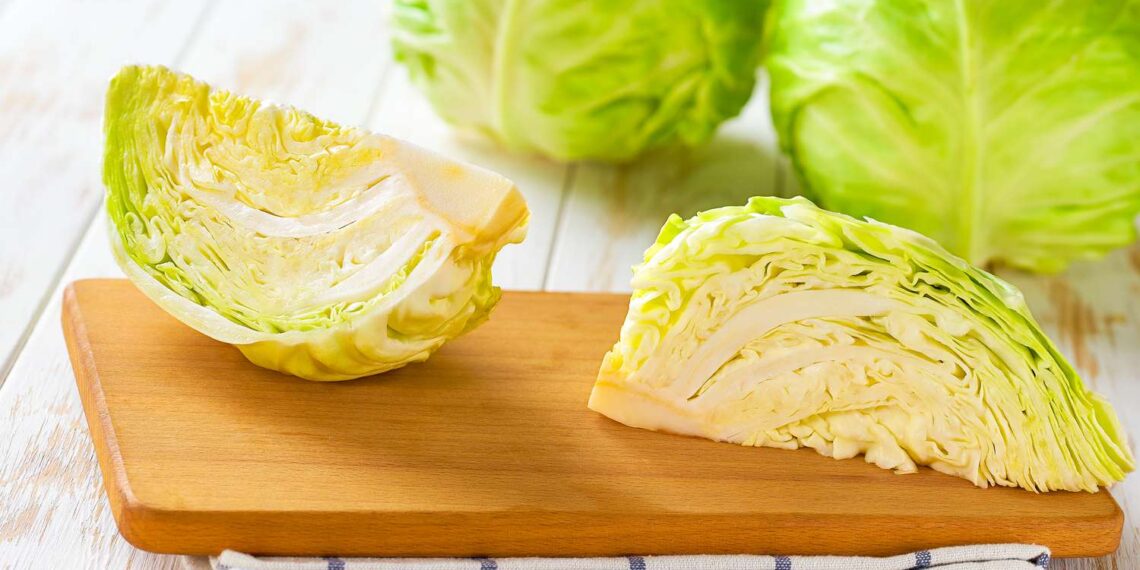
There’s an Irish pub not far from our house that must go through bushels of cabbages every week. The restaurant’s corned beef and beer-braised cabbage is a popular staple, even when it’s not St. Patrick’s Day.
I just imagine someone in the kitchen surrounded by all those cabbage heads with the whole cleaning and cooking process down to a science. But what about home cooks who need to wash just one cabbage at a time?
“Cabbage grows low to the ground, which means it can easily pick up dirt and attract insects between its tightly packed leaves as it grows,” says registered dietitian and author Melanie Marcus.
She starts by rinsing the cabbage thoroughly under running water and then peeling away and discarding the two outer layers of leaves. “Next, I cut the cabbage into quarters, which helps expose the inner layers and allows me to check for any dirt or insects,” Marcus says. “Then I’ll quickly submerge the quarters in water, giving any debris a chance to lift away.”
Should You Wash Cabbage with Special Products?
There’s no need to use anything but water to wash produce, says the U.S. Department of Agriculture. Soaps and detergents have not been approved to be used on food products. If you don’t rinse produce well after using one of these cleansers, you could end up swallowing soap and getting sick.
“If you spot something on the cabbage that needs cleaning, you can use a vegetable brush to remove it,” says Marcus. “But it’s not essential to scrub the entire head.”
Simply Recipes / Getty Images
Wait to Wash Your Cabbage
Don’t rinse your cabbage right when you get it home. Instead, wait until you’re ready to prepare it. “As with most produce, it’s best to wait until you’re ready to use it,” Marcus says. “Washing ahead of time can add moisture, making it susceptible to spoilage.”
If you want to prepare your cabbage early, be sure to dry it well with paper towels or a clean kitchen towel before storing it.
Storing Cabbage
Cabbage should be stored whole and unwashed wrapped in plastic wrap or in a plastic bag in the crisper drawer. Stored correctly, it should last a week or two in the refrigerator.
“Cabbage is known for its firm texture. You’ll know it’s low in quality when leaves begin to soften,” Marcus says. “You may also notice a foul odor, discoloration, or slimy texture begin to form.” If you have more cabbage than you know you can eat, there are ways to prepare it so you don’t have to toss it into the compost pile.
“Growing up, when we were long on cabbage, my grandmother made sauerkraut. Because it’s a fermented food, it really doesn’t spoil,” says Marcus. “Alternatively, you could cook it into a stir fry or soup to be eaten right away or frozen for another day.”
5 Ways to Turn Cabbage Into a Meal
#Wash #Cabbage #Remove #Dirt #Pesticides #Expert
























